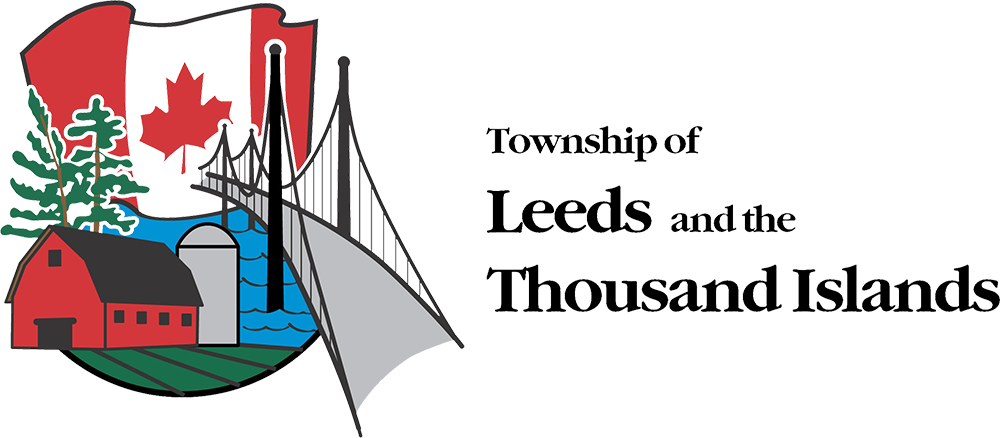Level 3 Low Water Condtion Extended for the Cataraqui Region
News Release October 15, 2025
Earlier today, Cataraqui Conservation and the Low Water Response Team extended the Level 3 Low Water Condition for the Cataraqui Region due to continued dry conditions and lack of rainfall.
“Precipitation amounts continue to be below normal with minimal rainfall received in the month of September. On average the region received only 41 per cent of the normal precipitation it would get,” explained Mallory Wright, Cataraqui Conservation’s Water Resources Technologist. “We continue to see very limited to zero stream flows and they remain well below normal for this time of year. As well, groundwater levels are showing signs of a prolonged dry period with limited precipitation measured at monitoring wells throughout the Cataraqui Region.”
“Water managers are very limited in what they can do to alleviate effects without consistent or significant rainfall,” noted David Ellingwood, Cataraqui Conservation’s General Manager. “If below normal precipitation patterns persist, it is likely that the Level 3 declaration will remain in place into late fall.”
Low water conditions are based upon precipitation and stream flow indicators. A Level 3 Low Water Condition is determined by Cataraqui Conservation and the Cataraqui Region Low Water Response Team as part of the Ontario Low Water Response Program.
A Level 3 low water condition is the highest of three levels and reflects a water supply that fails to meet the demand if current precipitation and stream flow trends persist. Level 1 ‘Minor’ suggests a potential water supply problem and Level 2 ‘Moderate’ a potentially serious problem.
- Residents on groundwater systems or who draw from inland lakes or streams are asked to voluntarily conserve water by following water conservation practices:
- Reduce non-essential water uses.
- Limit outside watering of plants and lawns. If you must water your lawn, early morning or later evening watering reduces evaporation.
- Note that lawns naturally become dormant during times of low water and will recover quickly. Lawns that have turned brown from the drought are not ‘dead’. The grass has just gone dormant from lack of water. When rainfall returns, the grass will come out of dormancy and perk back up.
- Limit washing vehicles, driveways and sidewalks. Use a pail of soapy water to wash your car and rinse off quickly with a hose.
- Repair leaky plumbing or fixtures to help curtail water wastage.
Cataraqui Conservation is urging boaters to exercise caution when out on lakes as low water conditions may expose shoals or other obstructions not visible during normal conditions.
If a water well supply becomes low or dry, well owners are encouraged to review the Ontario Government’s “Managing your well in times of drought” publication (https://www.ontario.ca/page/managing-your-water-well-times-water-shortage). Contact a local licensed water well contractor (https://www.ontario.ca/page/find-licenced-well-contractors) to assess the well and provide recommended solutions.
Municipalities may invoke water use bylaws and residents should find out what bylaws are in effect in their municipalities regarding water use as well as outdoor fires.
To help Cataraqui Conservation staff track the spread and seriousness of low water impacts on the region, we are asking for help from the public in collecting this information. If residents have a low water concern, please let us know by filling in this quick online form: https://survey123.arcgis.com/share/7955b90fe7814d0bbef6f9b870ec6da9
Cataraqui Conservation will continue to monitor water levels and will provide updates as conditions change.
Contact Us
Township of Leeds and the Thousand Islands
1233 Prince St., P.O. Box 280
Lansdowne, ON K0E 1L0
Phone: 613-659-2415
Toll Free: 1-866-220-2327
Sign up to our eNewsfeature
Stay up to date on the Township's activities, events, programs and operations by subscribing to our eNewsfeature.
